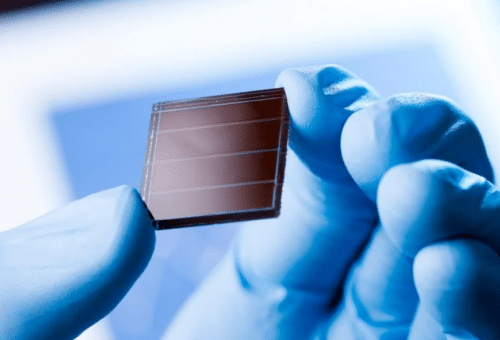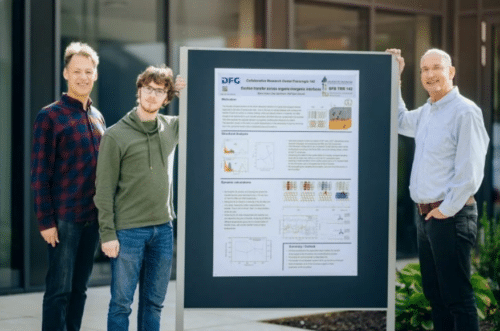The performance improvement is because of a thin layer of a natural substance called tetracene.

Physicists at Paderborn University have developed a highly efficient solar cell design using advanced computer simulations. Their innovative approach involves coating silicon solar cells with a thin layer of the organic compound tetracene, resulting in a substantial increase in performance. This breakthrough, detailed in a recent publication in Physical Review Letters, addresses the current efficiency limits of silicon solar cells, which dominate the market but often waste energy as heat instead of converting it into electricity.

Professor Wolf Gero Schmidt, Dean of the Faculty of Natural Sciences at Paderborn University, underscores the vast untapped potential of solar energy, which exceeds global energy demands by over 5000 times. He explains that by adding an organic layer like tetracene, short-wave light can be converted into high-energy excitations called excitons, which then decay into two low-energy excitations. Transferring these excitations to the silicon solar cell can significantly increase electricity generation and overall energy yield.
Major advancement in quickly transferring energy
The team’s research, conducted in collaboration with Dr. Marvin Krenz and Prof. Dr. Uwe Gerstmann, also from Paderborn University, utilized complex computer simulations at the Paderborn Center for Parallel Computing. They discovered that specific defects, in the form of unsaturated chemical bonds at the interface between the tetracene film and the solar cell, play a crucial role in accelerating exciton transfer. These defects, which occur during hydrogen desorption, create electronic interface states with fluctuating energy that facilitate the transfer of excitations from tetracene to silicon.
While such defects are typically associated with energy losses in solar cells, they are essential for rapid energy transfer in the silicon-tetracene interface. These findings provide valuable insights for designing a new type of solar cell with significantly improved efficiency, marking a significant step towards harnessing solar energy more effectively for clean and renewable power generation.
Reference: “Defect-Assisted Exciton Transfer across the Tetracene-Si(111):H Interface” by Marvin Krenz, Uwe Gerstmann and Wolf Gero Schmidt, 16 February 2024, Physical Review Letters.
DOI: 10.1103/PhysRevLett.132.076201





